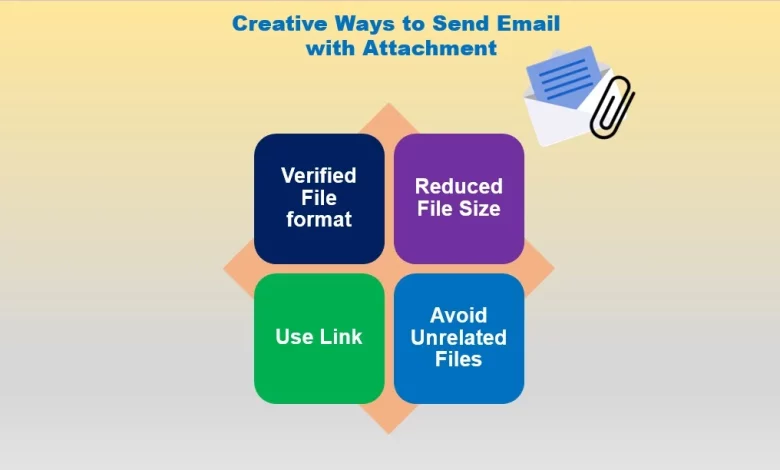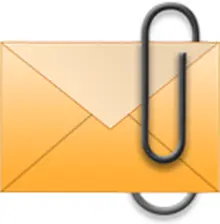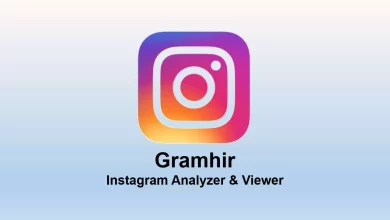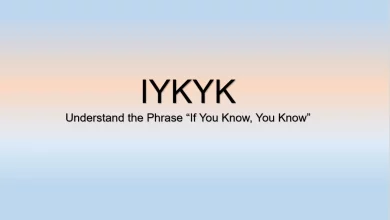4 Creative Ways to Say Please Find Attached


There are several ways to refer to an attachment in an email if there is a requirement to send an attached file. Not properly including an attachment on the email’s content can affect when the receiver opens it.
You may make the most of this important communication tool by delivering professional attachments. Here is an explanation of what an email attachment is and several alternative ways to refer to an email attachment:
What is an email attachment?
An email attachment is a file that is sent within an email message:


An email message can be of:
- Image
- Video
- MP3
- Document
- Zipped folder/file
Please Find Enclosed Vs. Please Find Attached
“Please find enclosed” or “Please find attached” what will be your right option to choose? The straightforward answer is neither. “Please find attached” is exactly the same as “Please find enclosed.” The last world is the only thing that makes some changes.
As email is an envelope, some writers mention that nothing can be enclosed. The correct term can be “attached.” The truth is that the distinction between both is minor, and both can be used in the digital context.
If you prefer to use “attached” or “enclosed,” you can use it, but it is highly recommended use the alternatives that are given below:
Tips for creating an email with an attachment
When you send an email with an attachment, keep these suggestions in mind:
· The attachment’s file format should be verified.
Check that the receiver can access the type of file you are attaching. When sending word documents or spreadsheets, try to use the standard file types that many organizations employ.
Any scanned documents or images should be sent as JPEGs or GIFs, which can be accessed from most computers.
Read More: A Brief Overview of Computer PNG Images
· Reduce the attachment file size
At many businesses, email servers frequently place restrictions on the quantity or size of attachments that can be sent or received. The file size should be kept as small as possible without sacrificing quality.
This is significant as video and image files are frequently larger than text files. You have various options for reducing the file size depending on the file type. One approach is to compress the files using software and then zip them up. Another choice is to combine several text files into one PDF using compression.
· Use a link if you can
As sending links to shared files rather than attachments has many advantages, many organizations encourage this practice. Multiple users can access a shared file at once and make modifications or ideas in real time. It increases productivity and efficiency.
Sending a link eliminates the possibility that the file size will affect delivery. It can make accessing the file for the recipient safer and easier.
· Do not email many unrelated files at once.
It could be worthwhile to send numerous emails if you deliver many files to a single recipient related to various projects, problems, or tasks. To avoid confusion, send numerous emails with distinct subject lines and necessary information in the body of the email.
Additionally, it can prevent the attachments from being overlooked if the recipient files them away with other documents.
Creative ways to say “Please find attached”
1. I’ve attached
This is a simple non-jargon alternative.
Example:
Getting employee feedback
Hello (Name),
Congratulations on your promotions! I’ve worked with many directors, and I know that one of your important priorities is increasing employee participation.
I’ve attached an ebook with strategies for good ideas. Here’s a link to my calendar, if you’re open to that Cheers,
(Name)
2. As you will see in
A phrase that can tell the reader what they can expect in the attachment that has been shared. Most often, when a receiver receives an email with an attachment, most will have no idea what they can expect.
But using a phrase such as “As you will see in the sheet here” helps the reader to expect what the email attachment is all about. From this information, they can choose to view or download it.
Example:
Hi (Name),
Our team started researching various CRM tools that will fit your needs after our previous discussion.
As you will see in the file shared here, XYZ has stood out as the best for your CRM tool. If that works for you, we can move our discussion forward.
Thank you. (Name)
3. I’m sharing (x) with you
This statement helps to put you and your prospects on the same team by making your relationship more collaborative.
Example:
Have answers for you, (Name),
I found an answer to your question by digging a little deeper. I’m sharing a PDF with you which lists our reselling policies. If you have any follow-up questions, then you can share it with me.
Best, (Name)
4. Have a look at…
This is more like a direction that you give to your readers. The best part of this alternative to “please find attached” is how easily you can use it in your sentence.
It also makes your email feel more like a natural language, as most would be using this term in ordinary conversations.
Example:
Hi team,
I have an information to share which you which is exciting.
Have a look at the presentation for the signups and clicks we generated in our previous campaign.
It has really made an impact!
Keep it up (Name)
Other Phrases to use instead of attached
- I’ve attached the list of clients.
- This file has all the details you need.
- I’m sharing file you have asked.
- Let me know if you have any doubts regarding the attachment.
- The details you have asked for are in the attached file.
- The attached file includes some useful information.
- Please see the attached document for further details.
- I’ve linked the documet to show details.
- I’ve attached the relevant web links, for your reference.
- Please refer the enclosed samples available.
Final thoughts
Nowadays, “Please find attached” is an outdated phrase. You will create far more concise attachment emails with the help of the alternatives that have been discussed above. This will help you get more responses from clients.




